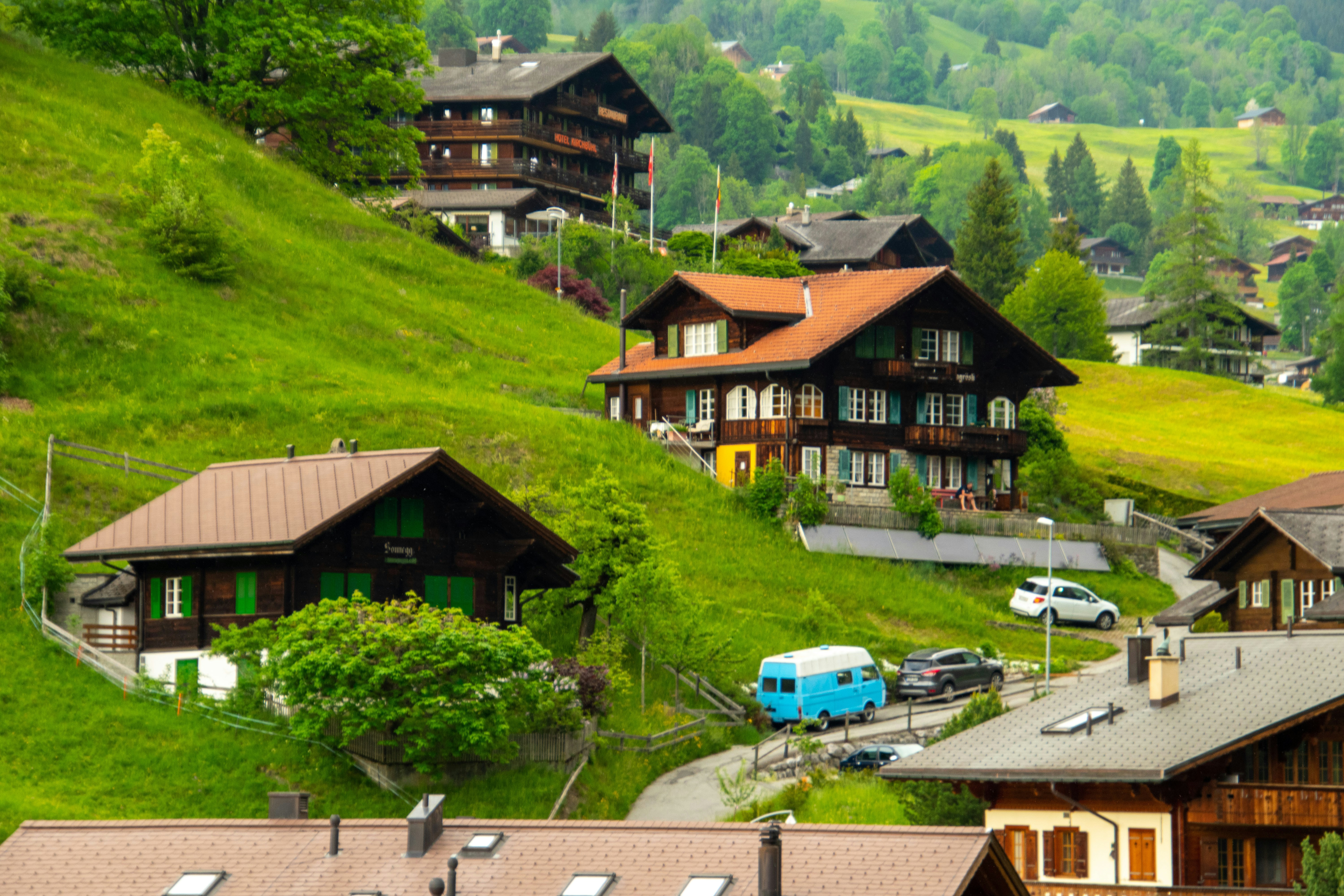Unlocking the Potential of Mixed-Use Real Estate Development
In a rapidly urbanizing world, the concept of mixed-use development is a dynamic, innovative approach that offers significant benefits. This article will dive into the fundamentals of mixed-use development, its trending popularity, and what it means for the future of real estate.

The Genesis of Mixed-Use Development
Mixed-use development refers to an urban or suburban project that blends residential, commercial, cultural, institutional, or industrial uses into a single entity. These developments are designed to foster a community where residents can live, work, shop, and play within a walkable radius. The roots of this concept can be traced back to ancient Rome, where apartments, shops, and entertainment venues were often housed in the same building. However, the modern iteration of mixed-use development came into prominence in the 20th century, as urban planners sought to combat the isolation caused by suburban sprawl.
The Rising Popularity of Mixed-Use Development
In recent years, mixed-use developments have gained traction globally, driven by factors such as urban revitalization, changing consumer preferences, and a shift toward sustainability. These projects attract a diverse range of tenants, from millennials seeking convenience and connectivity to baby boomers looking to downsize and stay active in their communities. Additionally, mixed-use developments often yield higher rental rates and property values, making them attractive to investors and property developers.
The Advantages and Challenges of Mixed-Use Development
The benefits of mixed-use development are manifold. For residents, they offer an integrated lifestyle, reducing commute times and increasing access to amenities. For businesses, these developments promise increased foot traffic and customer diversity. For cities, they can invigorate urban cores, promote sustainable development, and enhance the tax base.
However, mixed-use developments are not without their challenges. They require significant upfront investment and complex planning. There can also be conflicts between different use types, such as noise complaints from residents about commercial activities. Developers must carefully balance these competing interests to ensure the project’s success.
The Impact of Mixed-Use Development on Real Estate Market
Mixed-use developments are reshaping the real estate market. They are diversifying traditional property portfolios, offering investors a hedge against market volatility. Additionally, they are influencing urban planning policies and encouraging a shift away from car-dependent suburban models towards more dense, walkable urban centers.
A Future-Forward Real Estate Strategy
With their potential to foster vibrant, sustainable communities, mixed-use developments represent a forward-thinking approach to real estate. As urbanization continues apace, these developments are likely to become an increasingly significant part of the real estate landscape.
In conclusion, while mixed-use development presents a unique set of challenges, its benefits for residents, businesses, cities, and investors make it a compelling real estate strategy. As we look to the future, embracing this multifaceted approach could help build more liveable, resilient, and prosperous urban communities.




